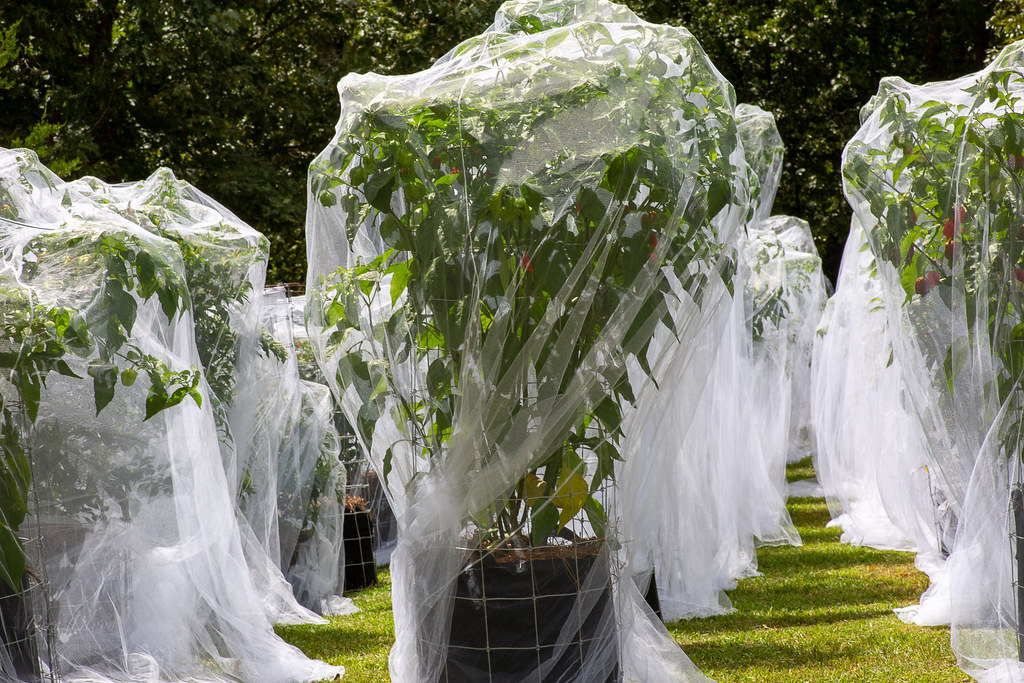Same species x same species hybrids (intraspecific hybrids)
are much easier to make if that is what you want, but what you have to realize is that interspecific hybrids (different species x different species) is a bit more rare.
If you plant your rows with alternating species for instance... something like
Capsicum annuum 'Filius Blue', C. chinense 'Bico Roxa', C. baccatum 'Sugar Rush Peach, C. annuum 'Scarlet's Chili'... in a row would help separate out your C. annuum as well as your other species and help minimize intraspecific hybridizing which is much more likely than interspecific hybrids happening. Still, you may still end up with some interspecific hybrids, but remember same species x same species pollen is going to be the most compatible with the stigma and therefore with spacing and separation by species such as this you can definitely minimize those outcrosses.
A lot goes into your planning, but strictly speaking, you could end up with hybrids... however rare unless you do things like glue your flower shut so it has to self, emasculate your flower early and remove the flower parts/petals/anthers that would attract insects and hand pollinate, etc.
Just as important is understanding that a single plant may produce a given phenotype in a certain high percentage, but its offspring may not. What this means is that a vendor could sell relatively stable f2, f5, etc. seeds from a given plant... but the f3 or f6 seeds you grow up could be wildly variable in phenotype.
Unstable isolated seed will often be mistaken for hybrids the following generation or people will say they are off phenotype. What they really mean is that the hybrid is still new and it is not stable or true breeding yet. Expect some wild things to come from your babies if you save seed. Look at all the diversity with Pimenta de neyde x Ghost and you can get a glimpse of some of craziness that can be seen with a simple cross....

